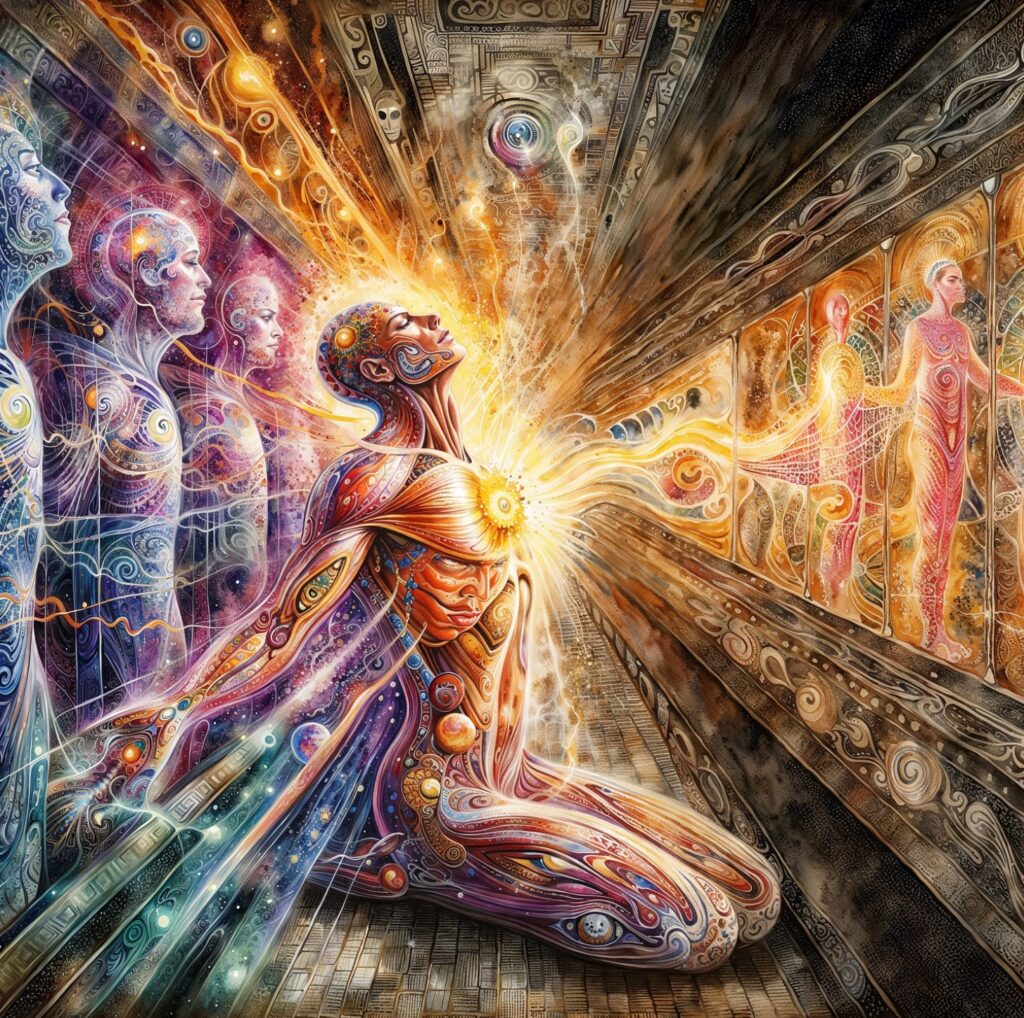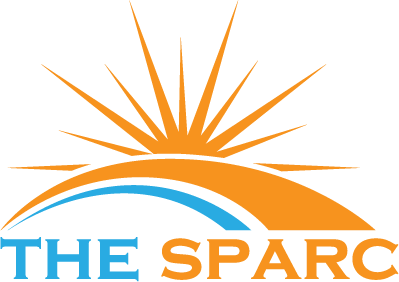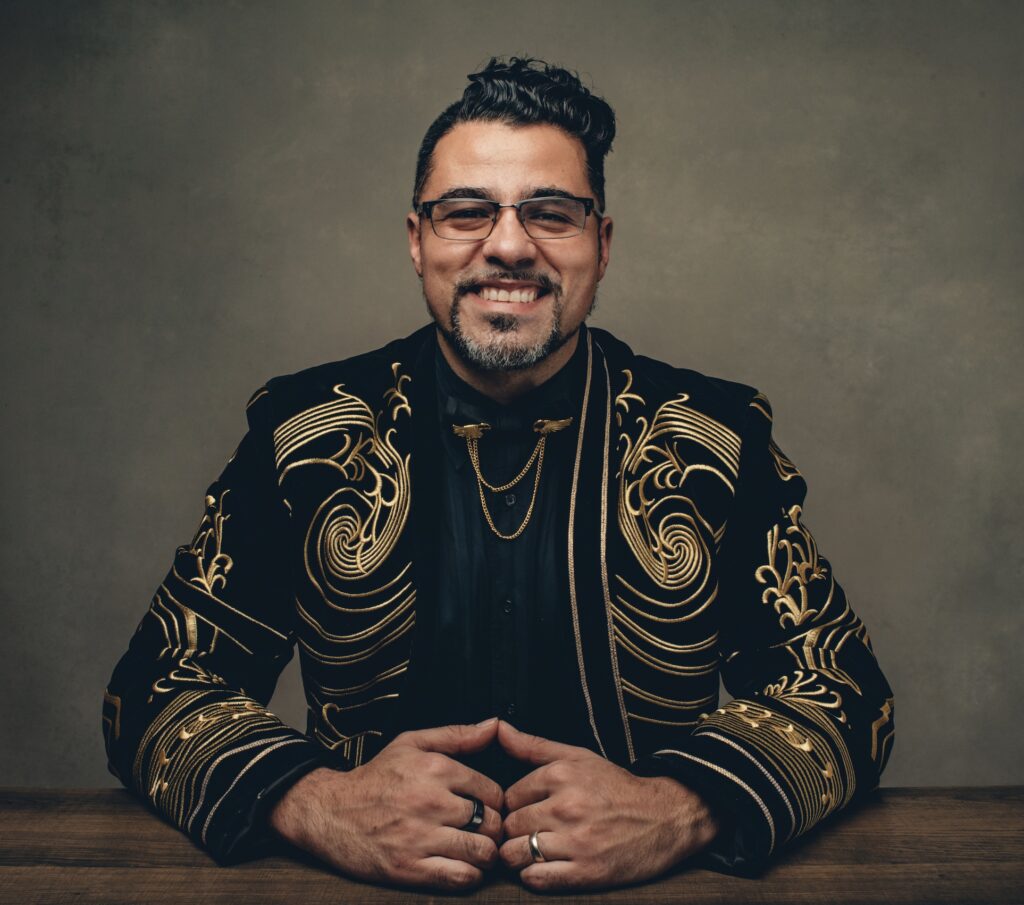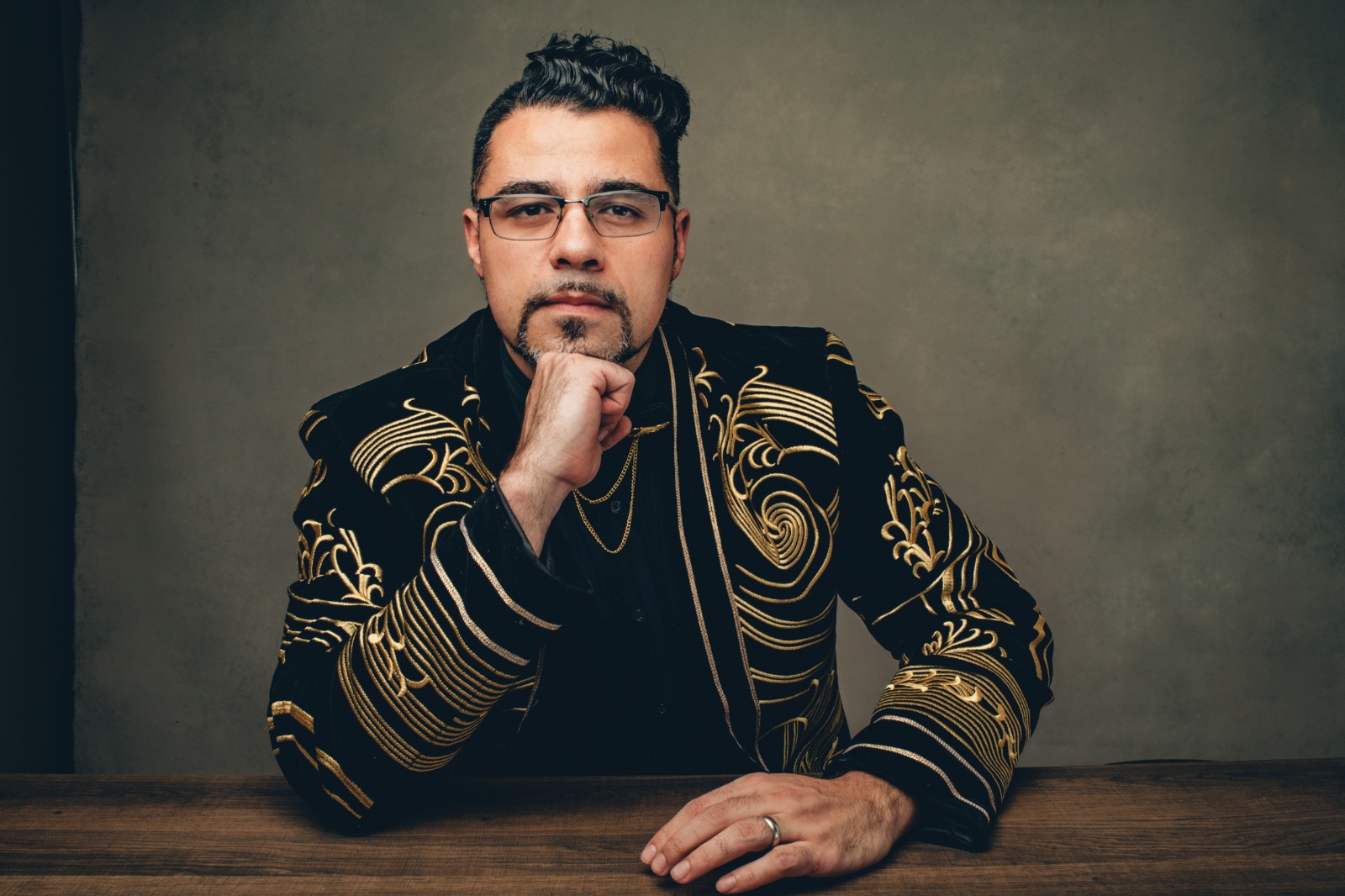

What is the difference between Psychedelic Ceremonial Facilitation and Psychedelic Assisted Psychotherapy? For me, the core difference isn’t protocol based or container craft. The central difference is one’s relationship to the medicine itself.
In authentic ceremonial facilitation, the medicine is honored as a sacrament in which communion with opens pathways toward a highly intelligent expression of ancient divine wisdom. The efficacy and skill of the practitioner is thus based upon the depth of earnest relationship one has cultivated with this wisdom through rigorous personal work, honest practice and initiated guidance into the subtle art of ceremonial stewardship. The facilitator is a caretaker of an ecosystem: providing safety, empowerment and alliance to the journeyer’s healing intelligence through the power of song, scent, ritual and most importantly – compassionate presence. The underlying call is to guide one toward a state of soul remembrance; supporting heart-mind coherence and spiritual awakening.
In therapeutic facilitation, the medicine is held as a powerful tool that engenders a catalytic response in ones neurochemistry leading to lasting perspective shifts and healing. Protocols are developed to establish a safe, comfortable, informed and intentional mindset paired with creating an optimal setting for a cathartic experience. Clients are guided using trauma informed techniques of supportive inquiry, positive reinforcement, and emotional regulation toward reframing of mental health challenges with the goal being the restoration of baseline wellness and personal agency.
In an authentic ceremonial practice, one’s relationship with life is held as an expression of a unified whole, so an interwoven code of ethics and virtue rests at the inherent heart of the approach. This does not mean that understanding trauma, medical history, and forging a path of authentic trust building through assessment, preparation and integration doesn’t greatly enhance this experience (Techniques that are beautifully codified in the therapeutic model). The marked difference is that one holds no harm because we are viscerally part of a shared human family, while the other holds no harm based upon well established and culturally accepted ethical and moral principles.
Both channels of service are important and speak toward different client aims, cultural affinities and senses of belonging. And both also require fundamentally different paths of training, container craft and experiential learning (With plenty of room for synergy once foundations are built). As we continue to evolve in the Psychedelic movement, it’s important we begin to understand and clarify the nuances in different approaches to deepen access and enhance integrity of service. Both paths are essential to meet the needs of our communities. And Both can truly learn a lot from one another.
Art By Jay Coby



